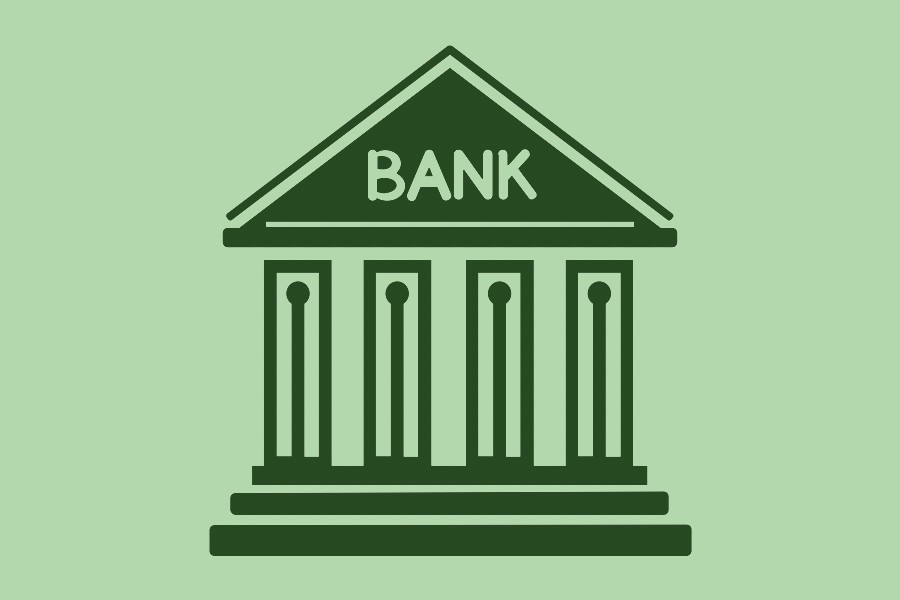Nine public sector banks including three specialised banks still hold about 27 per cent of deposits and assets in the banking sector while 50 private commercial banks (PCB) including foreign ones hold the remaining 73 per cent.
Bangladesh Bank's annual report for 2019-20 revealed these figures saying that the total deposits of the banking sector stood at Tk 12.14 trillion in 2019, up from Tk 10.80 trillion in 2018 showing an increase by 12.46 per cent.
At the end of December 2019, the Bangladesh Bank said the total assets of the banking sector stood at Tk 16.30 trillion which was 11.84 per cent higher than that of the previous year.
The report mentioned that depending on the ownership structure, there are four categories of scheduled banks in Bangladesh which are-state-owned commercial banks (SCBs), state-owned development financial institutions which are known as specialised banks (SBs), private commercial banks (PCBs) and foreign commercial banks (FCBs).
The first two fall in the public sector while the last two fall under private sector.
According to the report, from the year 2018 to 2019, considering the share in total deposit of the banking sector, the SCBs' share decreased from 26.6 per cent to 25.0 per cent while the PCBs' share increased from 66.0 per cent to 68.1 per cent.
The FCBs' share decreased from 4.8 per cent to 4.3 per cent and SBs' share remained same which was 2.6 per cent in both years, it noted.
Dr Shah Md Ahsan Habib, Professor of Bangladesh Institute of Bank Management, said still there is huge scope for growth of the banking sector as the country lacks focus-based banks that would serve the specific area of the economy.
"Except few, most of the public and private commercial banks are doing general banking. But there is scope for banks to focus on specific community or sector for their development," he said, adding that some banks could have main focus on small businesses while some banks work for only large business.
Like these, there are many areas in the economy for which specialised banking could be run, he added.
Dr Habib sees the current ratio of assets between the public and private sector banks as rational, saying that both the public sector banks have enough scope to do better while private sector banks can also expand their business further maintaining ethics and credibility.
He said the central bank must play a stronger monitoring role to regulate the banking sector for the sake of protecting public interest as banks' deposits are public money.
The BB report said the total number of scheduled banks operating in 2019 was 59 of which two (02) new banks (Prabashi Kallyan Bank and Community Bank) have received license and started their operation.
Besides, one new bank (Bengal Commercial Bank) received license as scheduled bank on February 23, 2020.
As per the BB report, the number of bank branches increased to 10,578 at the end of December 2019 from 10,286 of December 2018.
On the other hand, the BB said, depending on the mode of operations (e.g. conventional and Islamic Shariah-based), there are three type of banks: full-fledged conventional banks, full-fledged Islami Shariah based banks and banks with dual operation.
As on 31 December 2019, total number of branches of the 59 scheduled banks were 10,578, said the BB report adding that among these, 48.51 per cent (5131) of the bank branches were in rural areas and the rest (5447 branches or 51.49 per cent) were in urban areas.
The SCBs had 2018 rural branches and 1755 urban branches while specialized banks had 1205 rural branches and 278 urban branches.
Private commercial banks had 1908 rural branches and 3349 urban branches while foreign commercial banks had total 65 branches.


